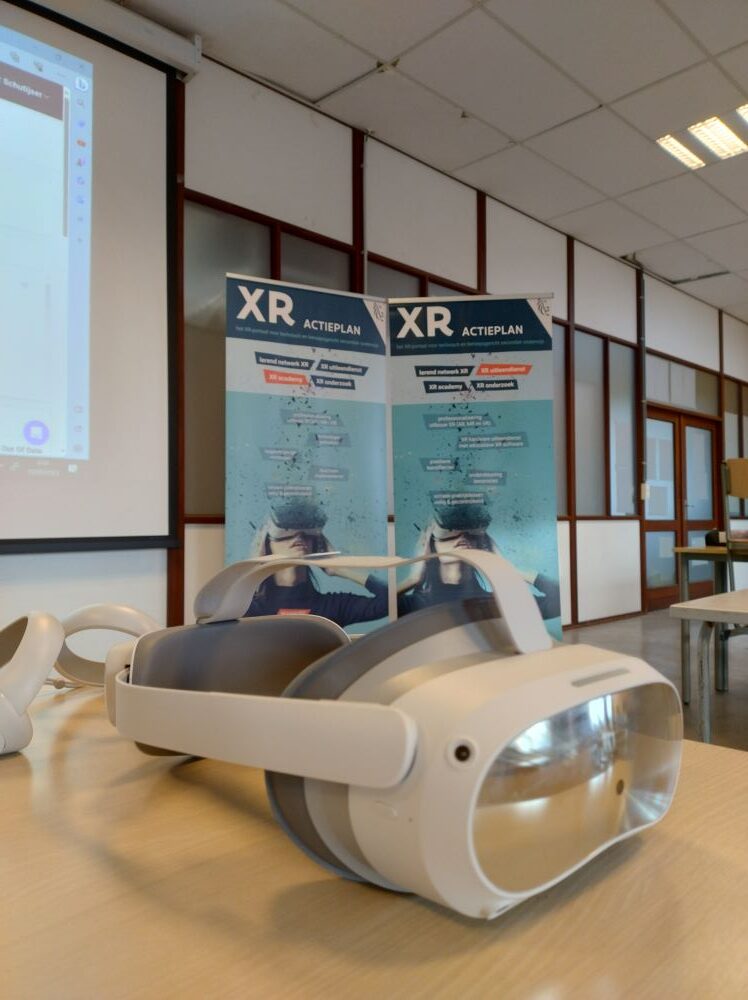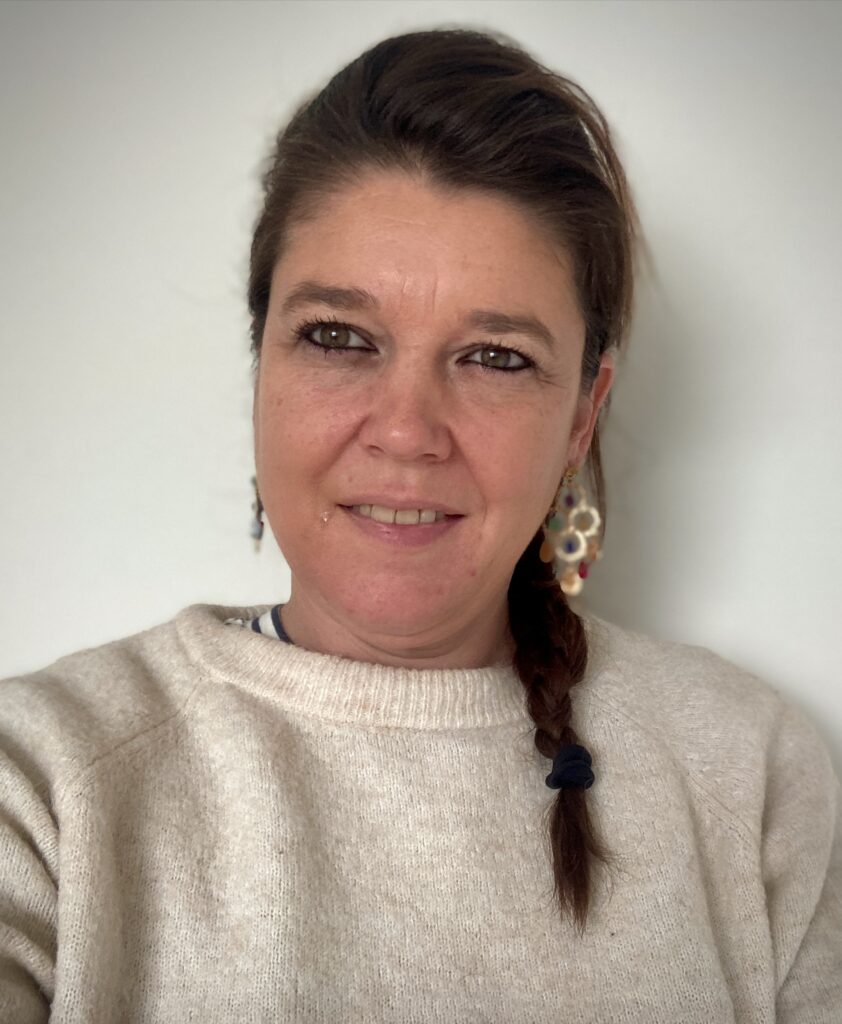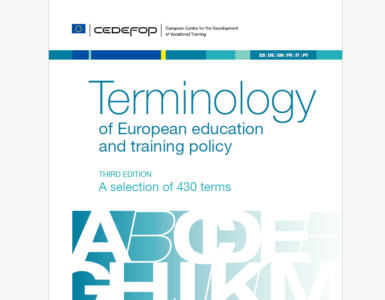by Joke Lippens, VIVES University of Applied Science, Belgium
Studies have clearly shown how Extended Reality (XR) supports the learning process of students and therefore enhances learning outcomes.
Students can practise situations or get in touch with the inaccessible in a safe and controlled environment thanks to XR. Learners’ motivation increases when they can use immersive technology.
These research findings have not escaped the attention of the Flemish government which led to the drawing up and approval of the XR action plan in spring 2021 by Education Flanders. This plan followed the vision note ‘from vulnerable to resilient’.

This action plan focuses on the expansion of XR to strengthen the learning effects in technical and vocational secondary education. The professionalisation of teaching staff to work with XR also falls within the aim of this action plan. In technical and vocational education, there are more vulnerable pupils and the unqualified outflow is higher. By using XR in lessons, the government wants to give those pupils extra motivation and foster mental well-being in addition to giving them a head start for their future on the labour market.
Education staff (such as teachers, technical advisers, ICT coordinators) can also further enhance and apply their digital skills thanks to XR.
Deploying virtual machines also avoids expensive investments in workstations and facilitates the practical organisation of workspaces and work setups.
Several partners who work together closely are involved in this action plan.
On the one hand, there is practical research that provides insights to implement this innovative technology sustainably. This research is conducted by several Flemish colleges and universities. On the other hand, there is the XR hardware and software that were purchased on a large scale and can be borrowed by schools from the Regional Technical Centres. In order to be able to operate the XR hardware, content sessions are offered by the XR Academy. As a researcher in educational technology at VIVES University of Applied Sciences and coordinator of the XR Academy, I am very actively involved in the rolling out of this action plan. Along with my colleagues I have the privilege of inspiring teachers and teaching them how to work with the contents of the XR box. The XR hardware contains VR headsets, a 360° camera and IPads Pro. These are linked to a management platform and a library with a lot of applications, from different domains. The IPad is used to play Augmented Reality (AR) apps, to edit and load images from the 360° camera into the enrichment programme but also has a LIDAR scanner.
All these types of images can then be played in VR. To have smooth access to the internet and to run multiple devices simultaneously, these devices are connected to a router. This allows teachers to get started very easily, in other words, to simply plug and play.
The XR Academy started in September 2023 and has since reached more than 400 Flemish schools offering technical and professional courses.
Basic training was provided from September to December to take the first steps into the XR world. What are the possibilities? We show what kind of hardware and software is available today. ‘What’s in the box?’. We make teachers dream about what applications are most suitable for their lessons. We teach them to operate the hardware and to launch an application from the library.
From February 2024 onwards, we will provide sessions to create and enrich images and videos with learning content in addition to the basic training. We strongly believe in creating content ourselves. This way, teachers are enabled to use XR technology to achieve the goals they have in mind.
We help teachers devising a scenario, shooting the images and videos, and enriching these with learning content.
Some schools in Flanders have already opted for more intensive guidance. Initiatives such as the learning network have been set up for them to stimulate the exchange of insights and approaches.
This ambitious plan is a wonderful example of close cooperation with lots of different partners who share a common goal: to enrich and enhance education with innovative technology so students achieve higher learning efficiency.

Author
Joke Lippens, researcher educational technology, professional teaching and lecturer STEM at the VIVES University of Applied Science, Belgium.














